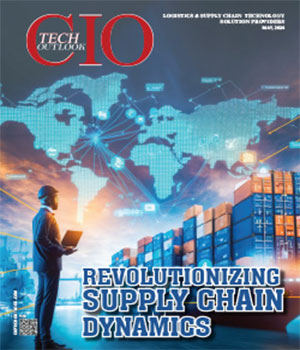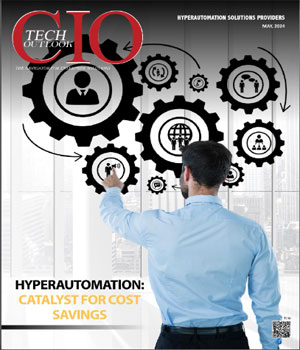
CIOTechOutlook >> Magazine >> August - 2016 issue
Traditional IT Organizations Embracing Digital Transformation
By
 We are on the cusp of a revolution in Computing. It is the beginning of an era of unparalleled innovation.
We are on the cusp of a revolution in Computing. It is the beginning of an era of unparalleled innovation.Let me take this opportunity to delve upon few topics of common interest.
Most of us in India have grown up in the post liberalization economies which meant more exposure to global value chain. The processes, people and technologies are meant to enable the core business which is still, in a major part, a traditional product or a service.
Their competition is “born digital” with aggressive, agile, lean and nimble stance and has visible edge in the fight. Traditional companies are challenged to achieve similar levels of alignment and internal accountability. They typically rely on legacy enterprise resource planning and other transaction based IT systems for security and reliability. Any changes to these systems often take huge efforts and time of development and testing.
It is imperative that the traditional companies move towards similar models of working, while keeping the lights on. This is where, as Gartner puts it, the Bi-Modal IT comes into picture. An organized, steady and process oriented Mode1 and a lean, mean and keen Mode2.
Building these two modes will be a slow process as it takes quite a lot to bring talent, retain and give them an aspirational goal. So, how to get this accomplished. Let’s give it a twist. Give yourself some time to think on combinatorics and factorials on mode1 and mode2 between people, teams or IT departments. Why not keep mode1 and mode2 in each department. Think dividing people into these modes in each IT function. Go deep now. Why can’t the same person act as Mode1 in “traditional” IT projects while acting as Mode2 in “Digital” projects. Give it a try for few months. You can always revert back if it does not work. But if it works, it would be like hitting a goldmine in a desert.
Coming to a different aspect, what to do with the digitally averse ‘old’ folks in high echelons of business. Remember, Digital is more about Business and less about IT. Business finds opportunities – IT creates the enabling Platforms. Reverse mentoring is one way to bridge this gap.
Lastly, what could shape your organizations success for digital initiatives, particularly those coming from IT:
• Get your partners on-board and leverage them to co-create the digital architecture.
• Put up a dedicated team with young digital natives and include experienced program managers for digital initiatives
• Create centers of excellence, for those will be your assets 10 years down the line. And yes, nurture
them well
• Proactively engage with business leader, right from the top and down the line till grounds up
• Creating future concepts by undertaking a pipeline of POCs. Don’t be afraid to fail. Fail fast.
A last thought on this. The New needs to be shielded, as it is often vulnerable to traditional metrics and evaluation criteria. A lack of direct ROI is one of the easiest ways to stop a startup.
CXO Insights
AI/ML: Enhancing the Efficiency of Predictive...
By Govind Singh, Group CIO, Dalmia Bharat
The Shift Towards RPA is Visible Now
By By Radhakrishnan, AVP Solutions, Head Automation Practice (RPA), Infogain
Putting the Finance Industry's Security...





